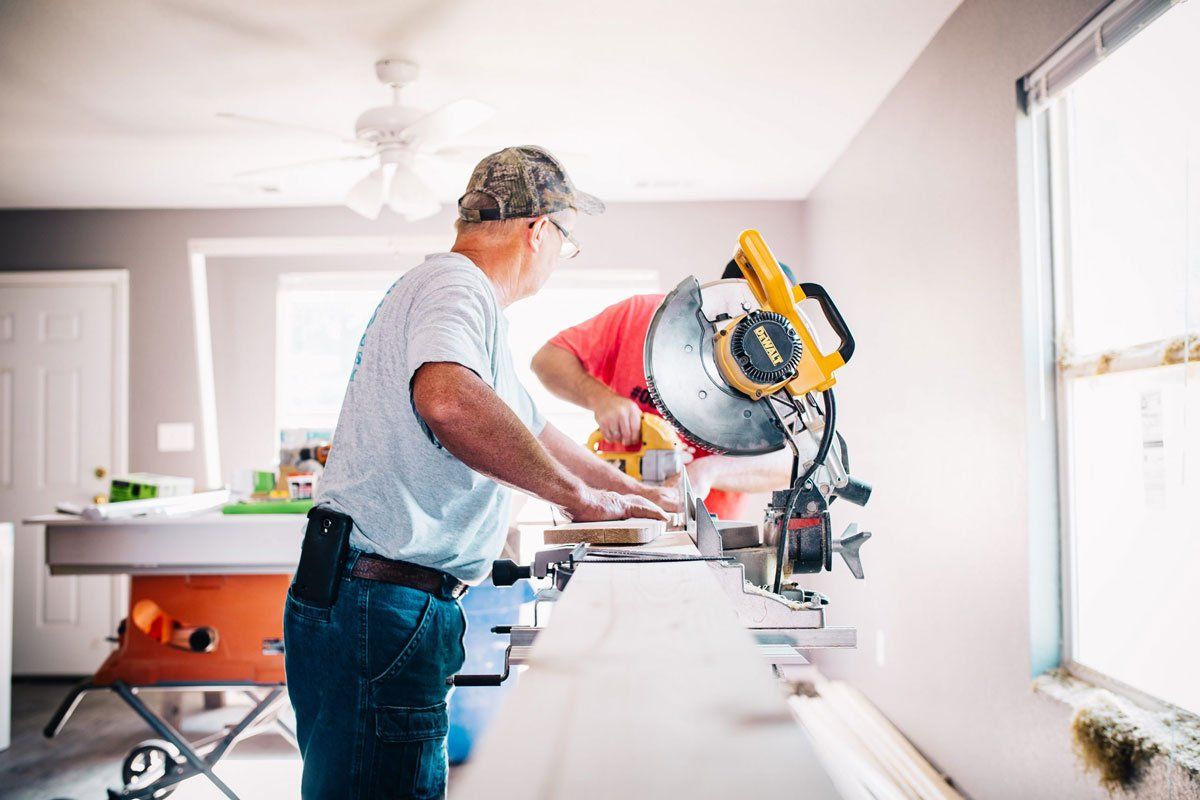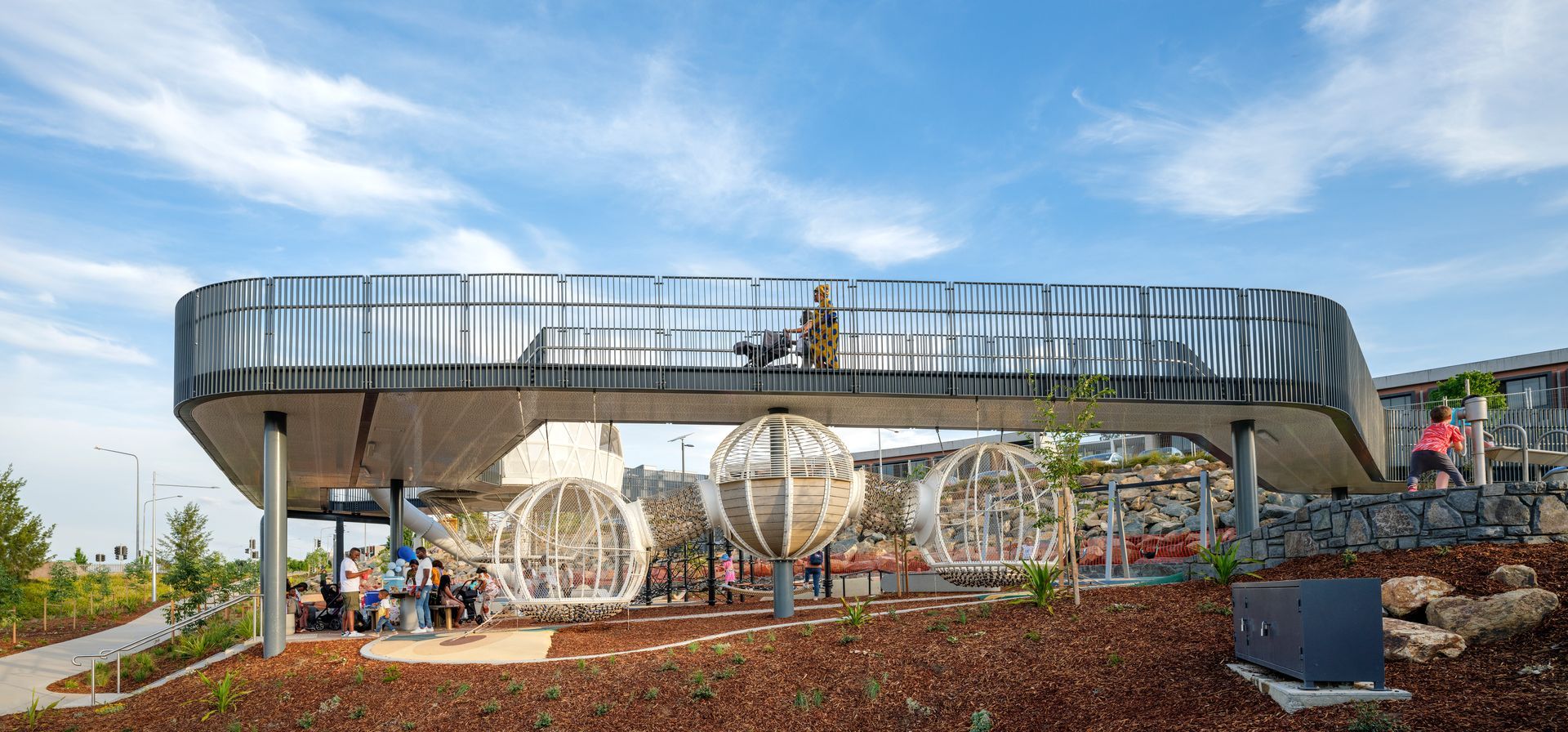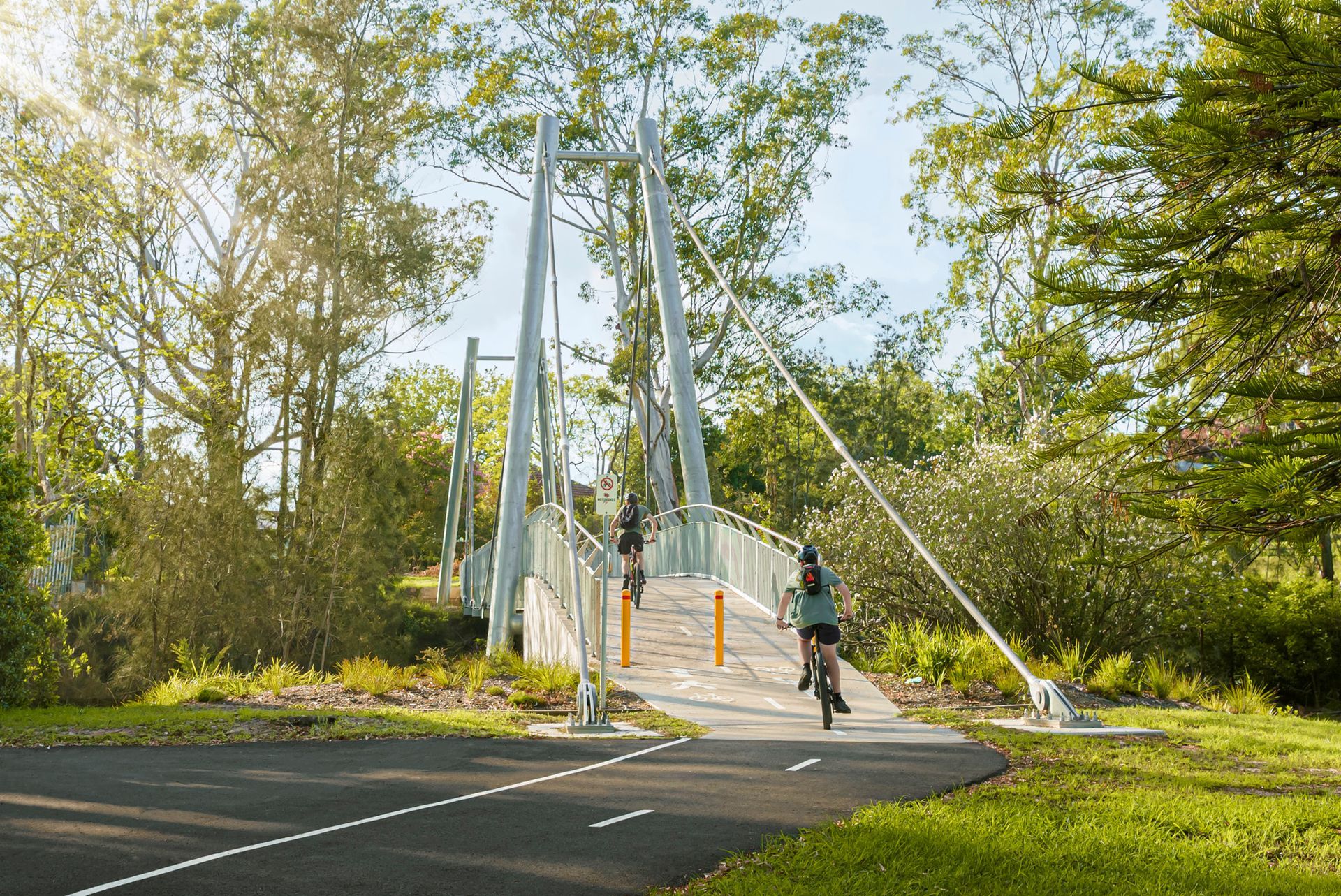Land in demand.
A highly respected player in residential property circles, Bell River Homes is a major NSW builder of new homes across both regional and metropolitan centres. We recently caught up with Graham Brown, Bell River Homes General Manager (Projects), to get his ‘industry-insider’ view of the market right now.
Bell River Homes began 25 years ago in the NSW regional city of Orange. The business moved to its current Sydney headquarters back in 2010 and, today, services customers across major housing markets including the Sydney basin, Illawarra, South Coast, Southern Highlands, Hawkesbury, Lower Hunter Valley and Central West. Their focus is on delivering free-standing and integrated housing through House and Land Packaging, Contract Construction and Knock Down Rebuilds.

"The current state of the residential property market is very strong and we believe it will stay this way for possibly the next 12 months or more. Importantly, more land releases are expected to come to the market over the next 3 to 6 months and hopefully this will begin to curb the upward-driven pricing."
Graham Brown, General Manager (Projects) Bellriver Homes
FWD>Thinking: It’s great to speak with you, Graham. Based on what you’re seeing at Bell River Homes, how would you describe the property market right now?
GRAHAM BROWN: Since the current Government stimulus (HomeBuilder) was introduced, we’ve seen an upward shift in market activity which has definitely impacted our business in a positive manner. The challenge with this increased activity, however, has been the lack of available land which has increased land prices to levels not previously seen. I saw some recent data from HIA that showed housing affordability in the March Quarter of 2021 fell by 5.2% in the regions and 4.3% in Australia’s capital cities. That’s quite significant. It’s important to consider how much of this demand has been brought forward through the Government’s stimulus process? Also, when will the lull associated with this occur?
But overall, the current state of the residential property market is very strong and we believe it will stay this way for possibly the next 12 months or more. Importantly, more land releases are expected to come to the market over the next 3 to 6 months and hopefully this will begin to curb the upward-driven pricing.
Looking longer-term, the outlook for the market will be largely driven by migration levels which, certainly in the Sydney market, will directly increase housing demand. If international borders are able to be opened again in the next 9-12 months and interest rates remain reasonably low, we expect demand to remain at somewhat normal levels.
FWD: In which areas are you seeing the strongest growth at the moment?
GB: The free-standing residential market is the most buoyant at present. Here in NSW, the southwest Sydney corridor has seen the most activity due to land availability, followed by the northwest corridor – however land in the northwest is becoming quite scarce. Other areas of growth are the Lower Hunter and the Central West (e.g. Lithgow, Bathurst, Mudgee, Dubbo), which appears to be brought about by remote working environments and the soaring Sydney market pricing.

FWD: What do you feel are the biggest trends influencing the overall market right now?
GB: Upward land pricing. We’re seeing a real trend of smaller lot sizes across all of the areas we’re working in. For example, in Sydney 250m2 to 400m2 is now the most desirable size, while in regional areas it’s 450m2 to 800m2. Demand for high-density development is falling and people are moving into smaller free-standing lot sizes.
FWD: What about more specific trends for home builders such as yourselves? Have you noticed many changes in what buyers are now wanting?
GB: Affordability has been the trend for a long time. However, this is rapidly driving trends in the style of homes. Larger homes on smaller lots is what more and more people are looking for. At an actual floor plan level, there are quite a few things buyers are asking for. Two separate family spaces. Dedicated work environments for work-at-home. Double garages, that are as much for storage as cars. Family/kitchen areas leading to open alfresco living. Main bedrooms towards the rear of the home rather than at the front. I’d also add that in areas where the land size does not allow for the ‘traditional backyard’, accessible and well-designed community space is becoming extremely important. That’s unlikely to change any time soon.
FWD: Overall, how is Bell River Homes feeling about the industry right now?
GB: At present we’re quite excited about how the industry is performing and our place within it. However this is curbed with caution, due to some uncertainty around interest rates, land release and raw material pricing. Ultimately, the market requires immigration for ongoing strength and, like many industries, a strong future depends on a successful Covid vaccine program and the re-opening of our international borders.
More from Fleetwood Files.
Explore
Certifications
Environmental Management : ISO14001
Quality Management : ISO 9001
OHS Management : ISO 45001
All Rights Reserved | Fleetwood Urban | Privacy Policy





